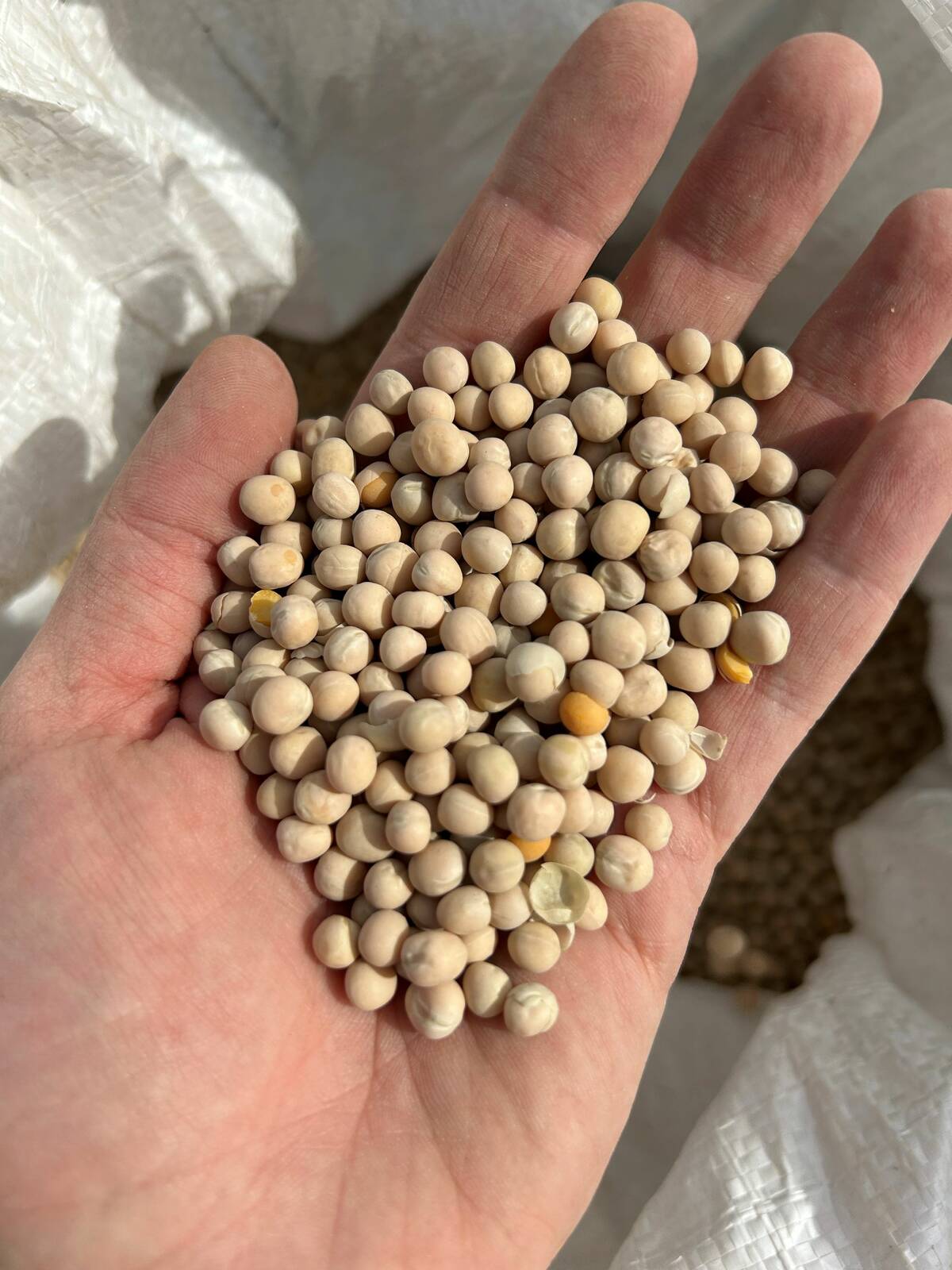The Canadian Grain Commission is looking for grain growers’ input on how best to draw down a surplus built mainly from the user fees paid into its revolving fund — and on a new formula for future user fees.
A combination of “higher than expected grain volumes and lower than expected spending” in the past three crop years has led to the surplus, about two thirds of which came from CGC user fees for official inspection and weighing services, the commission said.
The accumulated surplus, which at March 31 last year sat at $95.9 million, reached $107.2 million as of Sept. 30, the commission said.
Read Also

Pulse Weekly: Tariffs guide yellow peas in 2025
Tariffs were a major influence on Canadian yellow pea prices in 2025, with levies imposed by China and India. The two countries are Canada’s biggest foreign pulse buyers.
A revolving fund is a fund or account whose income is available to an organization to finance its operations and is not limited to any fiscal year. For agencies such as the CGC, which has operated through such a fund since 1995, federal policy requires revenues and expenses to be balanced over a five-year time horizon.
After the CGC’s last update to its user fee schedule in 2013, record-high crops in the 2013-14, 2014-15 and 2015-16 crop years came in 30 to 65 per cent above the CGC’s annual average official inspection and weighing volume of export grains.
The CGC’s consultation period on the surplus — and on a proposed new system of user fees that would see fee cuts for most services — will both run until May 1, the commission said.
Updated fees would take effect next year on April 1, the day after the current five-year user fee review cycle ends, the CGC said.
Of the surplus, the CGC would be required to hang onto $30 million as a contingency operating reserve, another $3.6 million for “future labour contract settlements and severance payments for some employees,” and $2 million for draw-down authority, similar to a line of credit.
That leaves $71.6 million of “potentially available” surplus. The CGC’s list of options under discussion for the money includes:
- initial funding for a new Producer Compensation Fund, which would be available to producers when a licensed elevator or grain dealer fails to pay for grain deliveries, thus reducing the amount paid by licensees under the producer payment protection model;
- reducing user fees over a fixed time period — for example, setting aside $25 million to reduce fees by $5 million a year during the 2018-2023 cycle;
- upgrading the CGC’s research labs, office space and base building systems; and
- setting up laboratories and “real-time analytical testing” at licensed terminal elevators or other sites, to help grain handlers and producers meet requirements under sales contracts.
The surplus can only be spent on programs and activities that are related to services that the CGC is authorized to provide, the commission said, noting it also needs approval from the federal Treasury Board to spend the money.
After the consultations, options for use of the surplus funds would be presented to the federal agriculture minister for consideration before the Treasury Board makes any decision.
For farmers, contact information is available online for the discussions on changes to user fees and on the use of the surplus. — AGCanada.com Network















